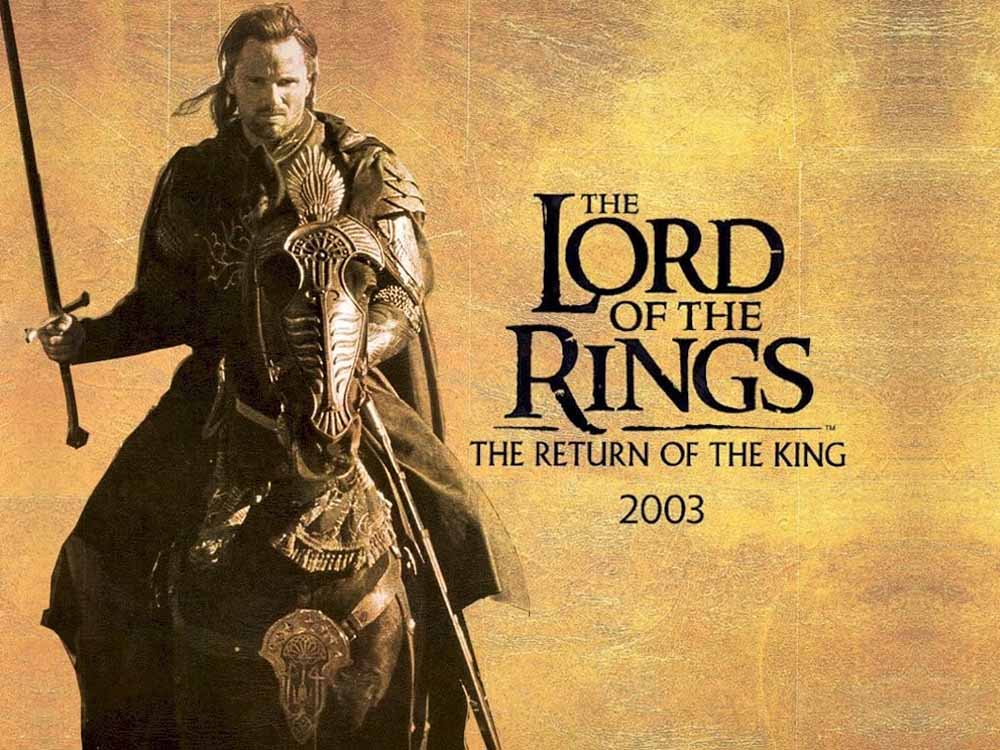The Lord of the Rings in 2003: The Culmination of a Cinematic Epic
The year 2003 marked the conclusion of one of the most ambitious and successful film trilogies in cinematic history: “The Lord of the Rings.” Directed by Peter Jackson and based on the beloved novels by J.R.R. Tolkien, the trilogy captivated audiences worldwide with its breathtaking visuals, epic storytelling, and unforgettable characters. In 2003, the final installment, “The Lord of the Rings: The Return of the King,” swept the Academy Awards and cemented its place as a cultural phenomenon.
The Return of the King: A Cinematic Triumph
Epic Conclusion
“The Lord of the Rings: The Return of the King,” released on December 17, 2003, served as the culmination of the epic journey begun in “The Fellowship of the Ring” (2001) and continued in “The Two Towers” (2002). The film masterfully brought Tolkien’s saga to its thrilling conclusion, as the forces of good and evil clashed in a final battle for the fate of Middle-earth.
Critical Acclaim
Upon its release, “The Return of the King” received widespread critical acclaim, with many praising its stunning visual effects, powerful performances, and emotional resonance. The film’s epic scale and attention to detail captivated audiences and critics alike, earning it numerous awards and accolades, including 11 Academy Awards, tying the record for the most Oscar wins for a single film.
The Legacy of “The Lord of the Rings”
Cultural Impact
“The Lord of the Rings” trilogy left an indelible mark on popular culture, inspiring generations of fans and influencing countless works of literature, film, and art. Its richly imagined world, complex characters, and timeless themes of friendship, heroism, and sacrifice resonated with audiences of all ages, making it a beloved and enduring classic.
Box Office Success
In addition to its critical acclaim, “The Return of the King” was a commercial juggernaut, grossing over $1.1 billion worldwide, making it one of the highest-grossing films of all time. Its success at the box office further solidified the trilogy’s status as a cinematic phenomenon and underscored its broad appeal to audiences around the globe.
The Making of “The Lord of the Rings”
Ambitious Production
Bringing Tolkien’s epic fantasy world to life on the big screen was no small feat. Director Peter Jackson and his team embarked on a massive production effort, filming all three installments simultaneously in New Zealand over the course of several years. The trilogy’s stunning landscapes, elaborate sets, and groundbreaking visual effects set new standards for cinematic fantasy and pushed the boundaries of what was possible in filmmaking.
Ensemble Cast
At the heart of “The Lord of the Rings” trilogy was its talented ensemble cast, which included actors such as Elijah Wood, Ian McKellen, Viggo Mortensen, and Orlando Bloom. Their performances breathed life into Tolkien’s iconic characters, from the humble hobbits to the noble warriors, and helped to ground the fantastical elements of the story in emotional truth.
The Enduring Legacy of Middle-earth
Continued Influence
More than a decade after its release, “The Lord of the Rings” continues to captivate audiences and inspire new generations of fans. Its influence can be seen in the countless adaptations, parodies, and tributes that have emerged in its wake, as well as in the enduring popularity of Tolkien’s original novels.
Cultural Phenomenon
“The Lord of the Rings” trilogy remains a cultural touchstone, beloved by fans of fantasy and cinema alike. Its timeless themes, epic scope, and richly realized world continue to resonate with audiences around the world, ensuring that Middle-earth will endure in the hearts and imaginations of generations to come.











